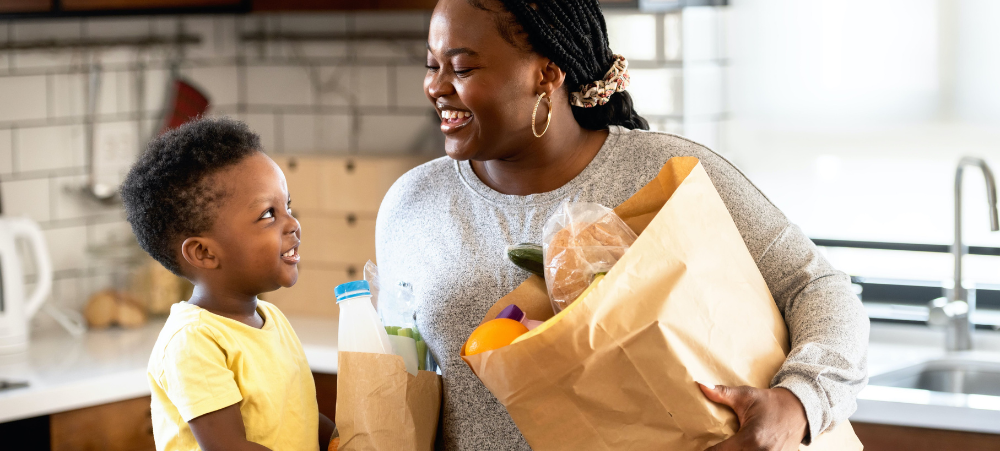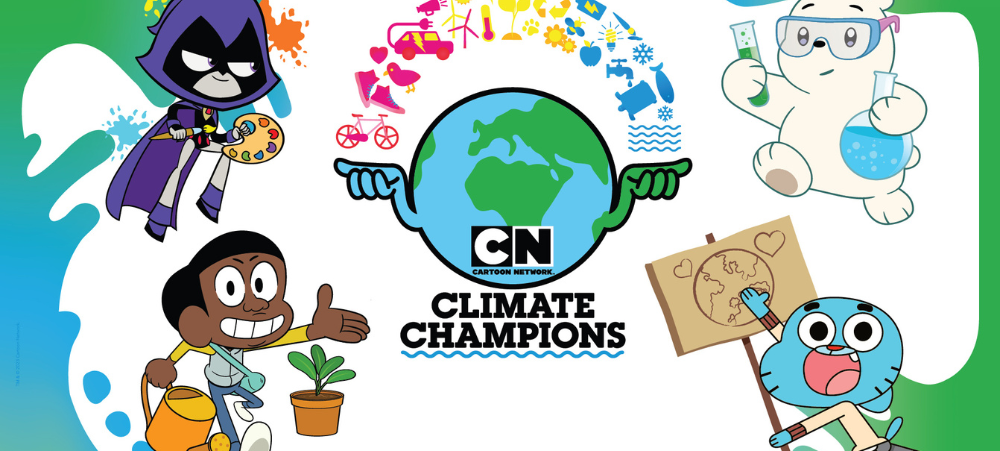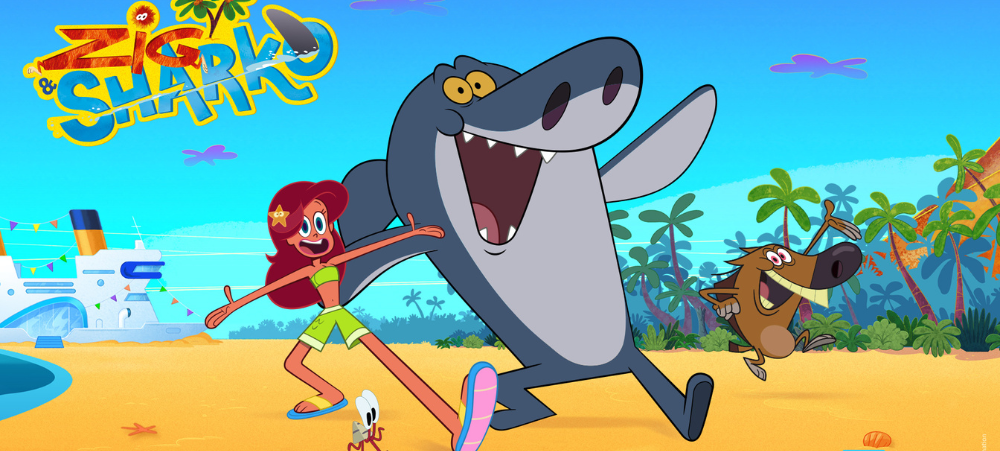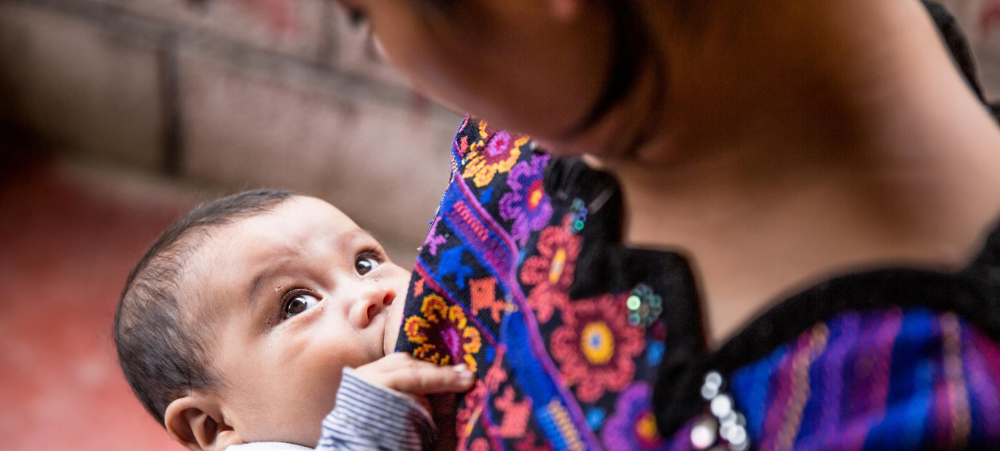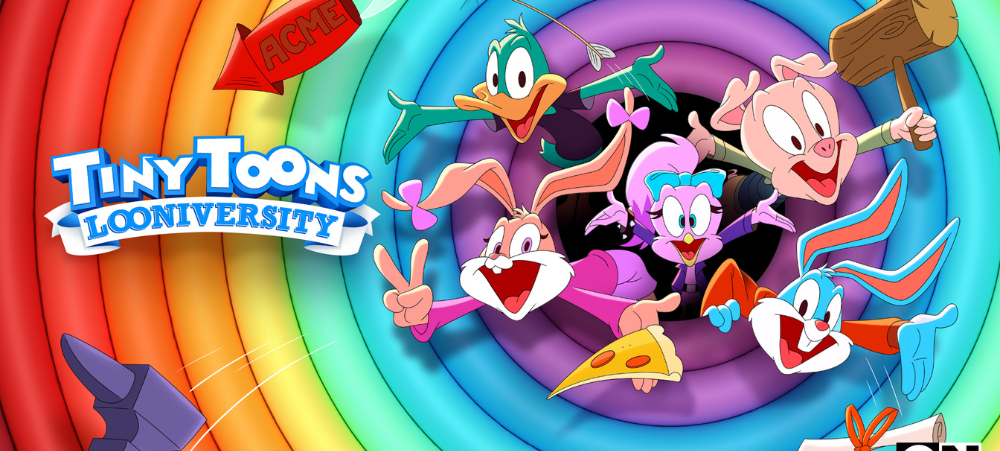
Nurturing Minds at Night: Why sleep is your child’s best learning tool
Dibber International Preschools recognises sleep’s profound impact on a child’s holistic development. Emphasising the need for a good night’s rest, Ursula Assis, Country Director at Dibber International Preschools, discusses the vital role sleep plays in young learners’ physical, emotional, and cognitive growth. The Crucial Link Between Sleep and Early Brain Development “Sleep is not just a restorative process; it’s a crucial building block in a child’s developmental journey,” Assis explains. During sleep, the brain is incredibly active and engaged in processes essential for healthy development, such as memory consolidation, information processing, motor skill refinement, and neural pathway strengthening. Research shows adequate sleep improves focus, enhanced problem-solving capabilities, better mood regulation, and increased resilience. Moreover, it plays a significant role in physical growth, particularly during infancy. Addressing the Consequences of Sleep Deprivation The effects of insufficient sleep can range from mild irritability to more severe impacts on a child’s academic performance, often mimicking ADHD symptoms. “It’s alarming that one in four children under the age of five are not getting the sleep they need, which can lead to long-term issues including obesity, diabetes, and cardiovascular problems,” Assis adds. Ensuring Adequate Sleep: Recommendations for Parents Recognising the varying sleep needs of children as they grow, Assis advises parents on how to establish effective sleep habits: Infants (0-3 months) require 14-17 hours of sleep, including naps. Infants (4-12 months) need 12-16 hours, including naps. Toddlers (1-2 years) should get 11-14 hours, including naps. Preschoolers (3-5 years) benefit from 10-13 hours, including naps. School-aged children (6-13 years) need 9-12 hours. Teenagers (14-17 years) should aim for 8-10 hours. Tips for Promoting Healthy Sleep Patterns Assis encourages parents to adopt a consistent bedtime routine to help regulate their child’s sleep patterns. This routine might include turning off screens well before bedtime, engaging in calming activities like reading a book or listening to soothing music, and ensuring the sleep environment is conducive to rest. “Creating a relaxing atmosphere, limiting evening stimulation, and maintaining a regular sleep schedule all contribute to better sleep hygiene. By establishing these habits early, parents can set the foundation for a lifetime of healthy sleep,” says Assis. Dibber International Preschools remains committed to nurturing the academic and overall well-being of its students. It recognises that a well-rested child is better equipped to face the challenges and opportunities of each day. “By prioritising sleep, parents are investing in their child’s future, enhancing not just their health but also their capacity to learn and grow,” concludes Assis. “At Dibber, we strive to support families in understanding and implementing these critical practices, ensuring our students can achieve their full potential.”




